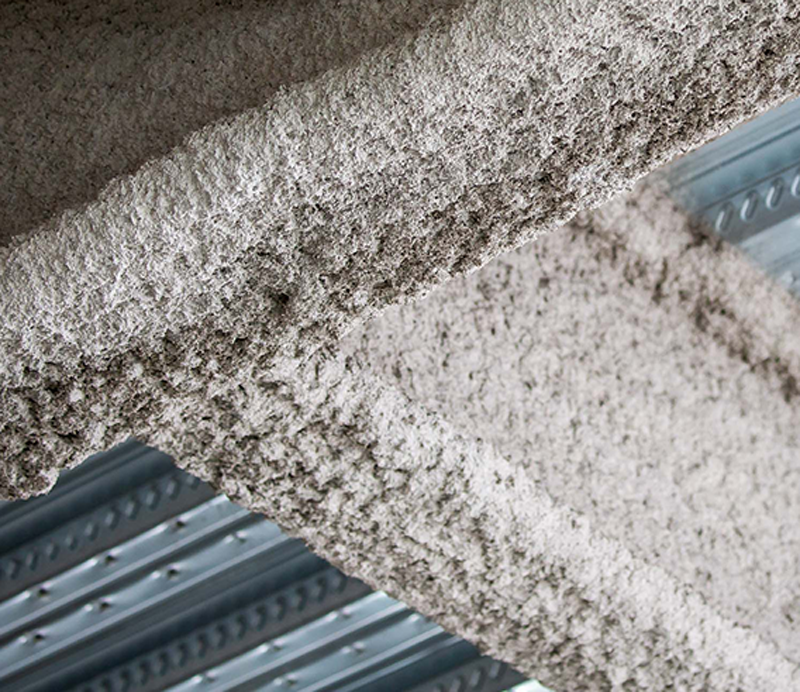Update:In today's world, ensuring the safety and durability of buildings and structures is of paramount importance. One critica...
In today's world, ensuring the safety and durability of buildings and structures is of paramount importance. One critical aspect of construction is fire protection, as fires can pose significant risks to both human life and property. To mitigate these risks, various fireproofing methods have been developed, among which cementitious mixture fireproofing stands out as an effective and reliable solution.

Understanding Cementitious Mixture Fireproofing
Cementitious mixture fireproofing refers to a type of fire protection system that utilizes cement-based materials to enhance the fire resistance of structural elements. The mixture typically consists of cement, aggregates, fibers, and other additives. When applied correctly, it forms a protective layer over the surface, slowing down heat transfer to the underlying structure and increasing the overall fire endurance.
Advantages of Cementitious Mixture Fireproofing
Fire Resistance: The primary advantage of cementitious mixture fireproofing is its exceptional fire resistance. By acting as a thermal barrier, the cement-based layer prevents the rapid rise in temperature of structural elements during a fire. This increased fire endurance provides additional time for occupants to evacuate and for emergency responders to take appropriate action.
Structural Integrity: In addition to fire resistance, cementitious mixture fireproofing enhances the structural integrity of buildings. By protecting steel and concrete elements from excessive heat, it prevents them from reaching their critical temperature, which can lead to structural failure. This ensures that the building remains stable during a fire, reducing the risk of collapse.
Durability: Cementitious mixture fireproofing is known for its durability, making it suitable for both indoor and outdoor applications. The mixture adheres well to various substrates, providing long-lasting protection against fire. Moreover, it can withstand environmental factors such as moisture, humidity, and temperature fluctuations, ensuring its effectiveness over the lifespan of the structure.
Versatility: Cementitious mixture fireproofing can be applied to a wide range of structural elements, including steel beams, columns, walls, and floors. Its versatility allows it to be integrated into different architectural designs and construction methods, making it a viable option for various building types, such as commercial, residential, industrial, and institutional.
Cementitious mixture fireproofing is typically applied by skilled contractors using specialized equipment and techniques. The application process involves surface preparation, mixing the fireproofing material, and spraying or troweling it onto the target surface. The thickness of the fireproofing layer is determined based on the required fire rating and local building codes.
To ensure the effectiveness of cementitious mixture fireproofing, regular inspections, maintenance, and repairs are essential. Inspections should be conducted periodically to identify any damage, cracks, or delamination in the fireproofing layer. Any identified issues should be repaired promptly to restore the fire protection capabilities of the system.
Cementitious mixture fireproofing plays a crucial role in enhancing the fire resistance and overall safety of structures. Its ability to withstand high temperatures, slow down heat transfer, and protect critical structural elements makes it an invaluable component of modern construction practices. As buildings become increasingly complex and fire safety regulations more stringent, cementitious mixture fireproofing remains a reliable solution for creating robust, fire-resistant structures that prioritize human life and property protection.

